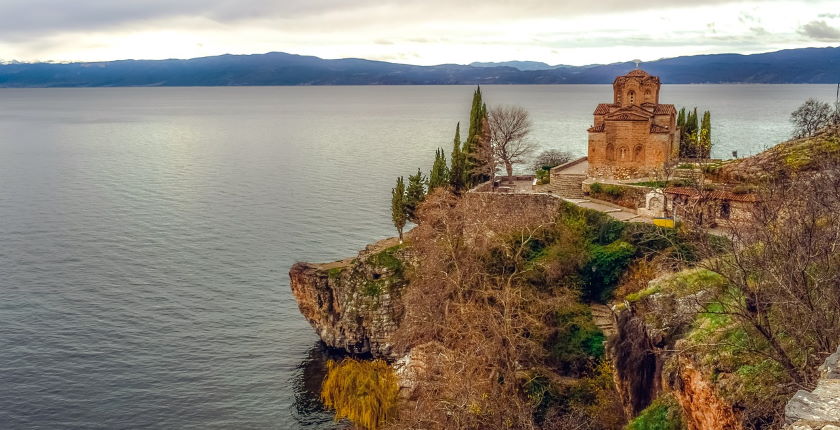
Photo: Dimitris Vetsikas from Pixabay
North Macedonia has designated Lake Ohrid and the Studenchishte marsh as its third and largest wetland of international importance, including it on the Ramsar list.
The last marsh in the Ohrid region of North Macedonia was given a higher degree of protection – the Ministry of Environment and Spatial Planning of North Macedonia placed Lake Ohrid and the Studenchishte marsh on the Ramsar List of Wetlands of International Importance.
Ohrid lake, located in the country’s southwest, boasts one of the highest rates of biodiversity of any inland water body on Earth when measured by surface area. It is the Balkan country’s third and largest Ramsar site, after the designation was given to the lakes of Prespa and Dojran.
Lake Ohrid, shared with Albania, has the biggest average depth in Europe. The United Nations Educational, Scientific and Cultural Organization (UNESCO) declared it a world heritage site in 1979.
The designated area in the municipalities of Ohrid, Struga and Debarca meets all nine criteria from the Ramsar Convention. It has a surface of more than 25,000 hectares.
Development impetus
The inclusion of Lake Ohrid and the Studenchishte marsh in the list will enable better and more responsible governance and improvement to species and habitat protection as well as support for scientific and research activities and international cooperation, ecotourism, socio-economic development and financing, the Government of North Macedonia said.
Ohrid lake was included in UNESCO’s World Heritage List in 1979
Officials thanked civic initiative SOS Ohrid and nongovernmental organization Front 21/24 for starting the process and for their support for the application.
The environment in Lake Ohrid is low in nutrients and high in oxygen, the Ramsar Convention Secretariat said and added that it hosts 1,200 species, of which more than 200 are endemic. They include freshwater snail Acroloxus macedonicus, the endemic belvica fish Salmo ohridanus and the velvet duck (Melanitta fusca).
Unique microhabitats
The organization’s announcement notes the underground watercourses in the karst landscape are chemically diverse, creating unique microhabitats that contain globally unique invertebrate species. The oxygen-rich conditions and clear water allow vertical habitats to descend to depths of 150 meters, supporting endemic taxa throughout the food web from phytoplankton to predatory fish.
The Studenchishte marsh on the eastern shore features alkaline nutrient-filtering marshes and fens that provide nesting, spawning and wintering grounds for birds and fish. The secretariat stressed the size has been diminished by land-use changes and habitat degradation but that it is still home to nationally rare plants and insects, endemic invertebrates, and protected reptiles and amphibians.
Humans have been settling around the Ohrid lake for over 8,000 years, making it a hotspot for palaeological research. It provides freshwater to hundreds of thousands of residents, who also benefit from fisheries.









Be the first one to comment on this article.